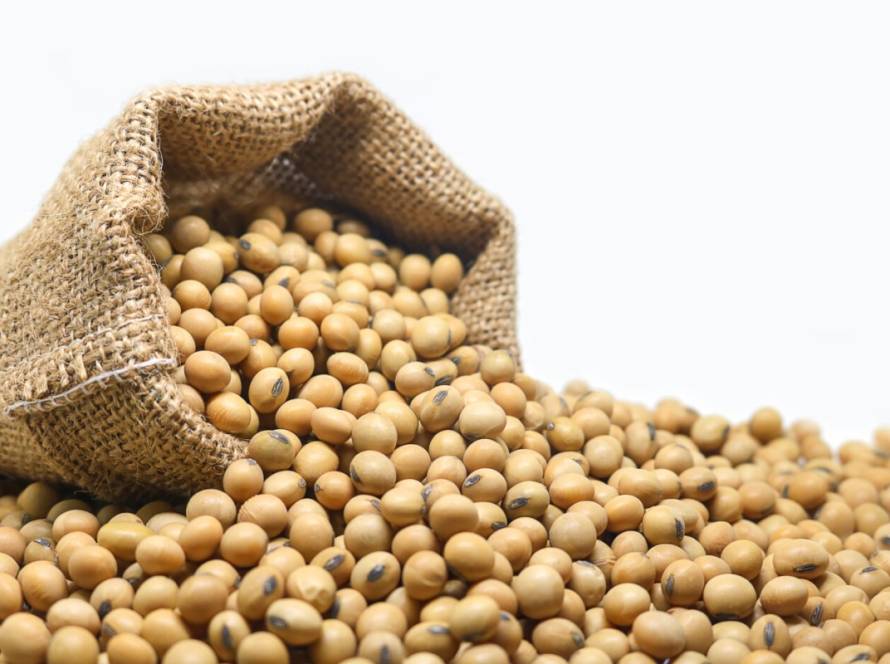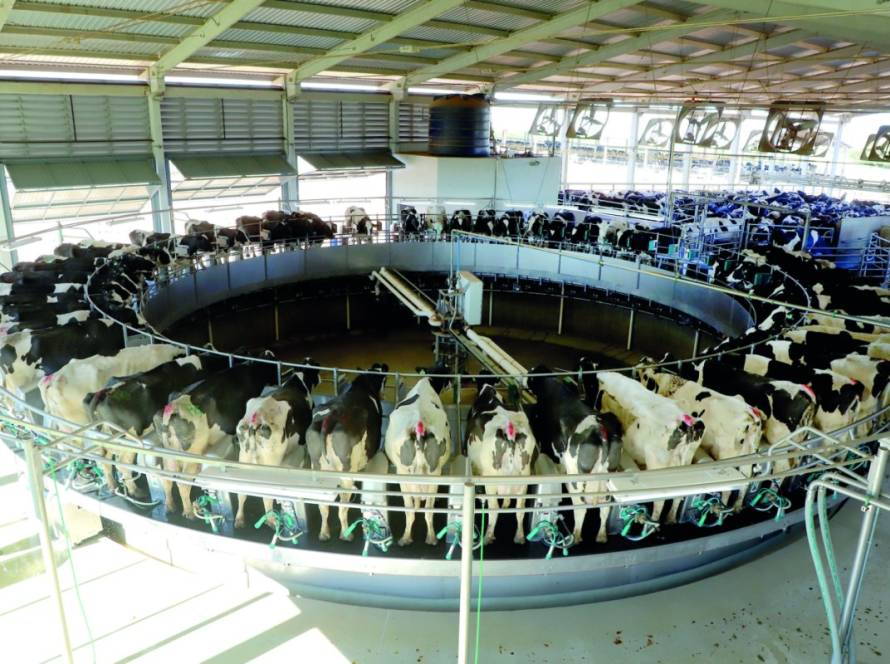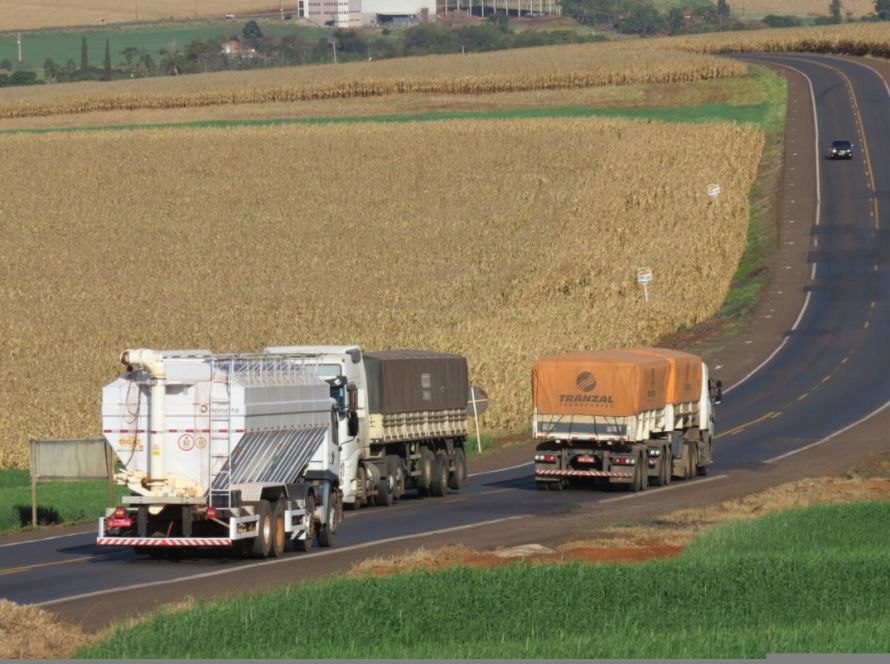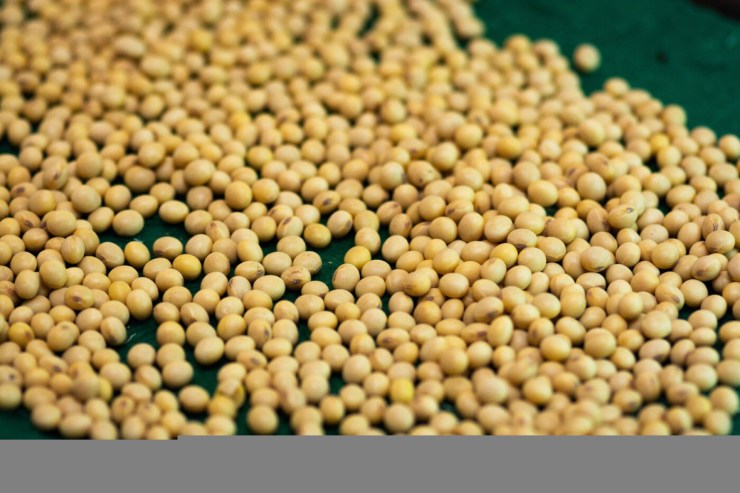With the conclusion of the soybean stage of the Harvest Rally, after three months in the field and 62 thousand kilometers traveled in 13 states, Agroconsult, organizer of the expedition, confirms its production estimate for the Brazilian soybean harvest in 24/25 of over 172 million tons, as announced in January, at the start of the 22nd edition of the expedition. The new record of 172.1 million tons, announced last Thursday (27), represents an increase of 16 million tons in relation to the previous harvest (+10.7%) and of 10 million tons over the last record of 22/23 (+6%). The estimate takes into account changes in state productivity, verified in the fields by the technical teams, and changes in the planted area, based on the satellite assessment of the Cropdata tool.

Photo: Eduardo Monteiro
“Since the beginning of the Rally, our projections indicated that this harvest had everything to be a record and, over the course of these three months of field work, we confirmed these numbers. When analyzing national production, it may seem that nothing has changed, however, there are important regional variations that deserve to be highlighted”, explains André Debastiani, coordinator of the expedition.
The difference in production between Brazilian states in March exceeds 12.5 million tons, compared to January. Mato Grosso, Goiás, Bahia, Minas Gerais, Paraná and the MAPITO region added 6.1 million tons to the January projection, while Rio Grande do Sul, Mato Grosso do Sul, São Paulo and Santa Catarina removed 6.4 million tons.
Six states are expected to record new productivity records: Mato Grosso, Goiás, Maranhão, Minas Gerais, Tocantins and Rondônia. The highlight is Mato Grosso, which, despite the delay in regularizing rainfall during planting and excessive rain during harvest, expects to harvest a crop of over 50 million tons. “Field data from the Harvest Rally in recent years has revealed a continuous increase in the number of grains per hectare and grain weight in the state. These variables are greatly influenced by the climate, but are also related to good phytosanitary and nutritional management of crops and constant genetic gains,” says Debastiani. Given this scenario, the projected average productivity is 66.5 bags per hectare. Goiás and Minas Gerais suffered from dry weather throughout March, but even so, estimates indicate record productivity of 68 and 66.5 bags per hectare, respectively.

Another five states with good results are Paraná, Santa Catarina, São Paulo, Bahia and Piauí, all with productivity above the national average of 60 bags per hectare. Bahia stands out in this group, but will not reach a record productivity due to the hot and dry period throughout March, during the final phase of grain filling. Even so, the state remains with the title of highest average productivity in Brazil for the third consecutive year, with 68 bags per hectare, this time sharing the title with Goiás. Paraná also stands out, with productivity estimated at 63 bags per hectare. The North and West regions of the state faced periods of more than 20 days of dry and hot weather during grain filling, which compromised their results. The same scenario was faced by the state of São Paulo, which should record an average productivity of 62 bags per hectare.
Mato Grosso do Sul and Rio Grande do Sul were the two states most affected by adverse weather conditions from mid-December onwards. In Rio Grande do Sul, irregular rainfall and hot weather continued until March, leading to a new negative revision of its productivity, now at 37.5 bags per hectare. The harvest in the state of Rio Grande do Sul, estimated at 20.2 million tons in January, should be close to 15.3 million tons.
Unlike Rio Grande do Sul, where practically all regions show significant losses, in Mato Grosso do Sul, the North of the state – which represents a third of the planted area – should achieve excellent productivity and compensate for part of the losses in the South region, contributing to the state's average productivity reaching 51.1 bags per hectare.
Area increase

The assessment of the planted area using satellite images by CropData indicated an expansion of the Brazilian soybean area in March by 315 thousand hectares, reaching a total of 47.8 million hectares. The growth is 2.1% or 1 million hectares in relation to the previous harvest.
The 22nd edition of the Rally da Safra is sponsored by Banco Santander, OCP Brasil, BASF, Credenz® and SoyTech™ (BASF seed brands), xarvio® (official digital platform of the Rally), Biotrop, JDT Seguros and Tim Brasil.
Technical teams have assessed the conditions of more than 1,600 soybean crops during the development and harvesting phases since January 12 in the states of MT, GO, MG, MS, PR, SC, SP, RS, PA, MA, PI, TO and BA. Another six teams will visit second-crop corn crops in May and June. Technicians from Agroconsult and sponsoring companies will visit rural producers in the Southeast regions of MT, Southwest of GO, Planalto do RS and West of PR, between April and May.
The areas evaluated by the 2025 Harvest Rally account for 97% of the soybean production area and 72% of the corn area.





